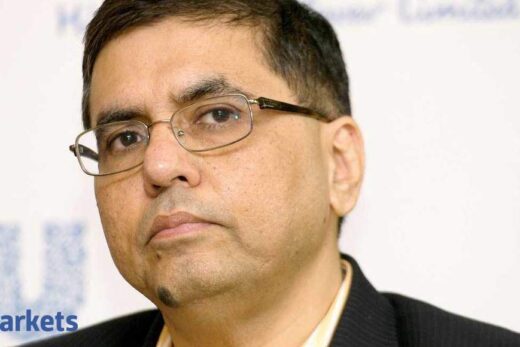“The slowdown in spending by Indian households (HH) through the lockdowns has resulted in US$200bn ‘extra’ net savings in financial assets-and as a percentage of GDP closet of the peak seen post-GFC (and still growing),” UBS financial savings and wealth tracker research data showed.
The report goes on to show that when the crisis hit home, Indians went back to doing what they do best—saving. Most Indians increased their savings and curbed savings as uncertainty around the economy increased.
“Detailed HH savings numbers from national accounts suffer time lag (15 months+) and other issues. RBI’s preliminary estimates come with a 5-6 month lag. In this report, we build a more real-time tracker for a significant part of savings: financial savings. Our tracker shows that the overall quantum of savings (flow % of GDP) has been rising since mid-2019 and surged in 2020 (peaked in Jun-20 but still running higher than pre-COVID). This, coupled with a steady drop in HH borrowings (flow) since the ILFS crisis has meant that net financial surplus from HHs is almost at a two-decade high. As a result, stock of savings (wealth) is also close to multi-decade highs—with negligible help from asset appreciation (and hence not linked to market variations),” the report said.
This also coupled with the fact that Indians are lowest leveraged in the world is set to benefit the economy, say experts. On an average less Indians like to opt loans especially for buying products or for buying depreciable assets. Most Indians take loans only while they are buying houses or to some extent vehicles, which is quite unique to emerging countries.
“While lockdowns to address the pandemic caused loss of incomes, this period also saw a significant curtailment of consumption and household capital formation. The net impact, as seen from observable high frequency data from the financial sector, showsasharpsurgeinnetfinancialsavings,” the report said.
The research report said that many parts of the economy would recover from 2020 levels in the coming quarters; the findings of this report give us confidence that the highest visibility is in domestic B2C businesses (rather than B2B or B2C) as these ‘extra’ savings unwind. Given the nature of savings (granular and broad based), we believe beneficiaries could be across consumption (discretionary and staples, autos) and financials (opportunities for retail lending).
The jump in savings was not just visible for the “rich” but it was visible across the different economic strata, the report said.
“Main contributors to the surge in savings are: 1) cash withdrawn from banks and kept in hand (zero yielding, most convenient for lower income groups, not the choice of the more hygiene-conscious upper class); and 2) govt small savings schemes (illiquid, high yielding only up to a capped amount per individual, operationally cumbersome). Deposits (the lazy savings accumulating in salary accounts) have grown slower than both these above instruments. Equity investments (including mutual funds) have surged, but still constitute a miniscule portion of overall savings. Overall, these trends suggest that the savings surge is quite granular and broad based, rather than concentrated in the hands of a rich minority,” the report said.



